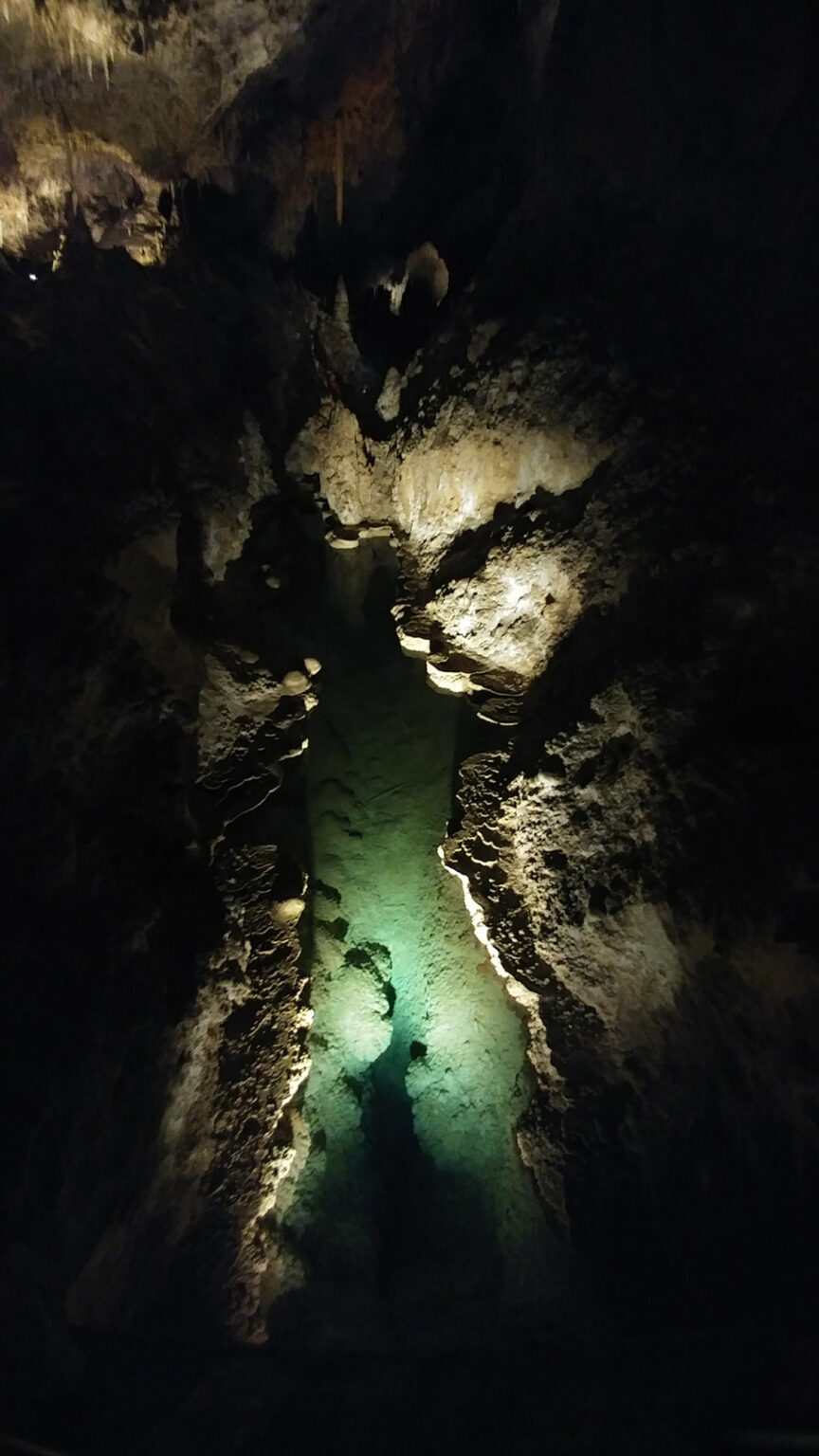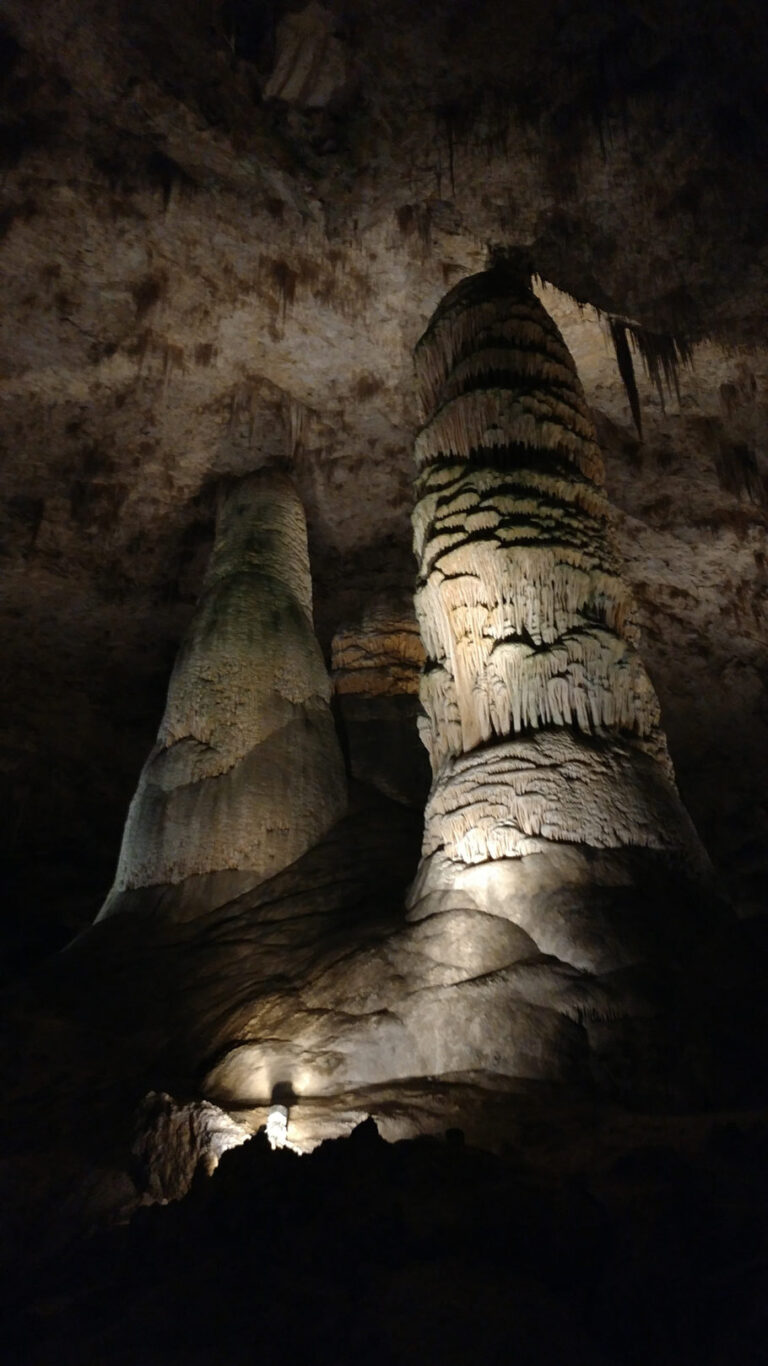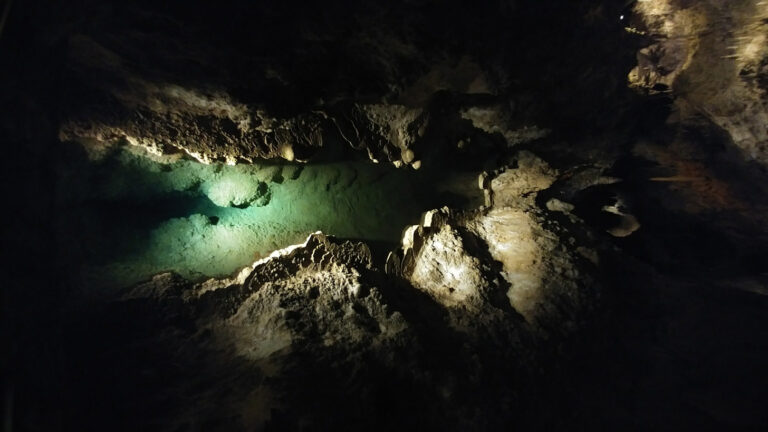Day Tripper
Explore The Mystical Caves Of Southern New Mexico


Giant dome
Rini Grammer

Rini Grammer
Latest Article|September 3, 2020|Free
::Making Grown Men Cry Since 1992


Giant dome
Rini Grammer

Rini Grammer
